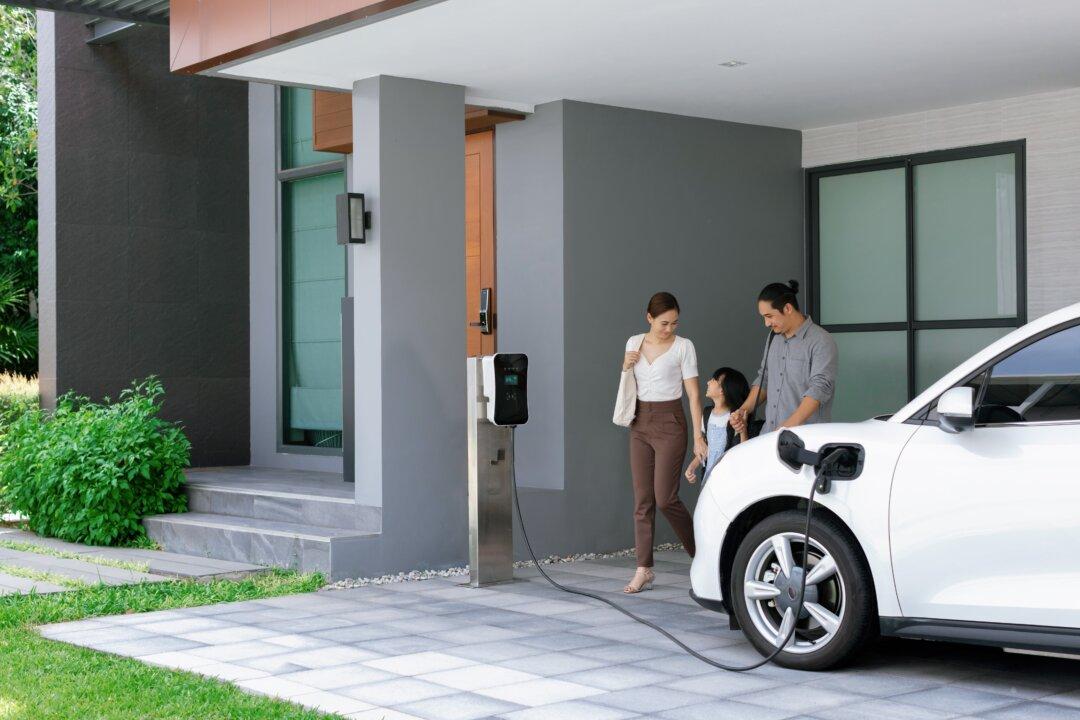The Inflation Reduction Act (IRA) contained tax credits for new and used electric vehicles (EVs). But you can’t run an EV without a charging station. So, the IRA also provided tax credits for EV charging stations and equipment.
But, in some cases, these credits may not offset the cost of installing commercial EV charging stations. What are these tax credits, and how do you use them?






